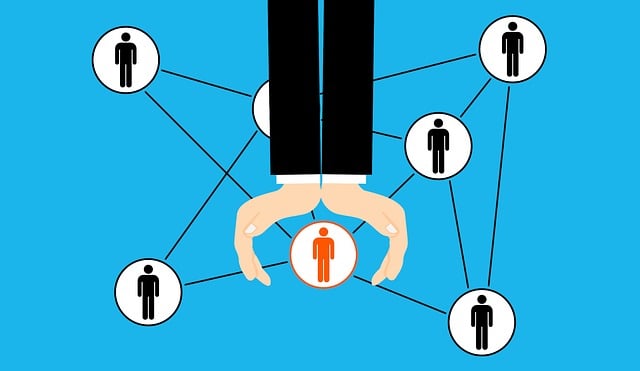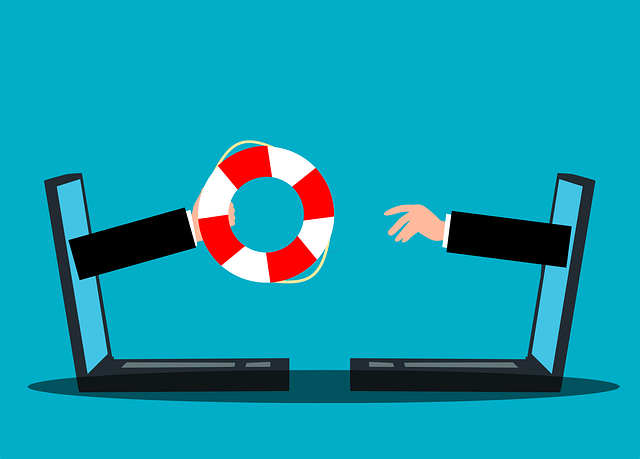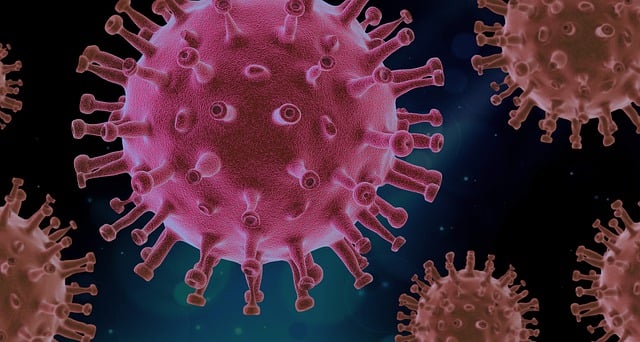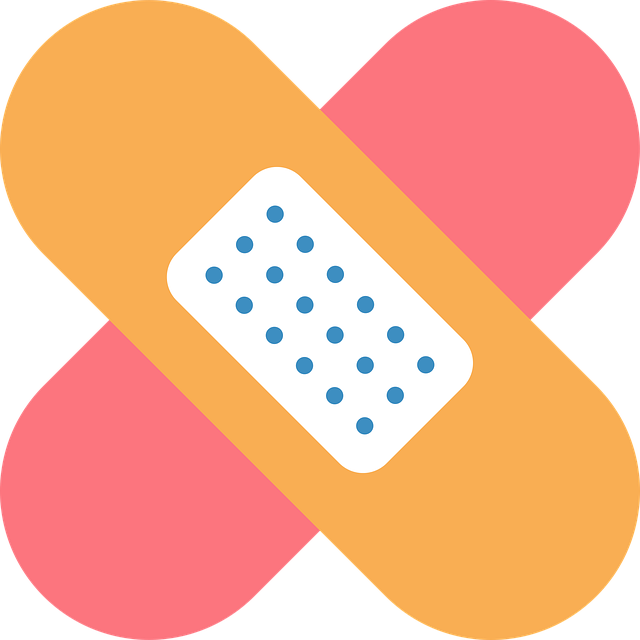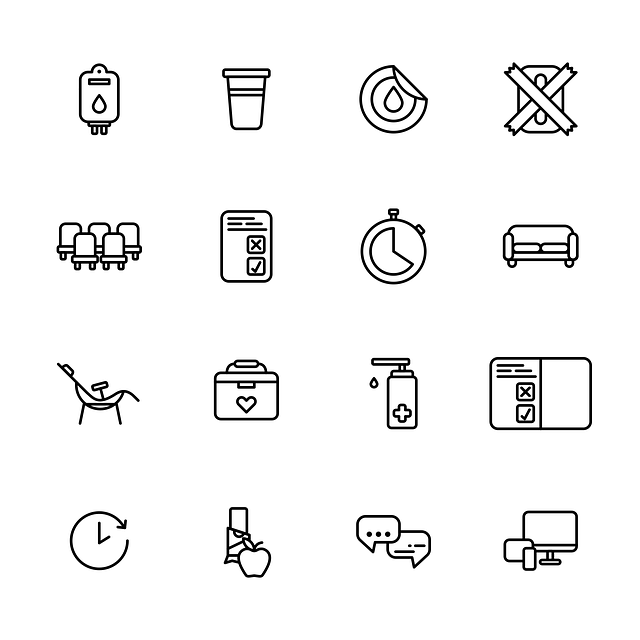In South Africa, Medical Aid and Health Insurance are essential for accessing healthcare, each with unique characteristics. Medical Aid, a private scheme often funded by employers or individuals, covers long-term medical needs within a provider network, while Health Insurance, publicly funded through taxes, offers broader coverage for all citizens, encompassing primary and specialist care. Key differences lie in funding models, with Medical Aid relying on member premiums and Health Insurance using public funds. Both are governed by specific laws like the Medical Schemes Act (MSA) and Consumer Protection Act (CPA), ensuring affordable, quality healthcare while protecting consumers' rights. Future trends include digital transformation and personalized plans, challenging providers to adapt and offer innovative yet compliant services in the Medical Aid vs Health Insurance landscape.
“Unraveling the intricate landscape of healthcare financing in South Africa, this article delves into the dual pillars of medical aid and health insurance. While both aim to provide access to quality healthcare, they operate under distinct legal frameworks. We explore the key differences between Medical Aid vs Health Insurance, dissecting their unique regulations and consumer rights. Understanding these nuances is crucial for navigating the South African healthcare system, especially with evolving trends shaping the industry’s future.”
- Understanding Medical Aid and Health Insurance in South Africa
- Key Differences Between Medical Aid and Health Insurance
- Legal Framework Governing Medical Aid Schemes
- Regulations for Health Insurance Providers
- Consumer Rights and Protections
- Future Trends and Challenges in the Sector
Understanding Medical Aid and Health Insurance in South Africa

In South Africa, both Medical Aid and Health Insurance play pivotal roles in ensuring access to healthcare services for its diverse population. While often used interchangeably, they serve distinct purposes and operate under different legal frameworks. Medical Aid is a private scheme, typically offered by employers or purchased individually, that provides members with access to a network of healthcare providers and facilities. It focuses on long-term health care needs, covering various medical expenses such as hospital stays, surgeries, and chronic conditions management.
On the other hand, Health Insurance is a form of public insurance provided by the South African government, available to all citizens and permanent residents. Unlike Medical Aid, Health Insurance covers a broader range of healthcare services, including primary care, emergency treatments, and specialist consultations. The key distinction lies in their funding models; Medical Aid relies on monthly contributions from members, while Health Insurance is funded through general tax revenues, ensuring affordability and accessibility for a wider demographic. Understanding these nuances is crucial when navigating the legal implications and regulations surrounding medical care in South Africa.
Key Differences Between Medical Aid and Health Insurance

In South Africa, understanding the distinction between Medical Aid and Health Insurance is paramount for individuals seeking appropriate healthcare coverage. While both are financial safety nets designed to defray medical costs, they operate on fundamental differences that influence their functionality and accessibility.
Medical Aid focuses on providing comprehensive care within a specific network of hospitals and doctors, often with pre-determined benefits and limitations. Members typically contribute to the scheme through regular premiums, ensuring access to a range of services including outpatient care, hospitalization, and specialist treatments. Conversely, Health Insurance is more flexible in its coverage, allowing policyholders to choose any healthcare provider within the country. It usually covers emergency and specific routine procedures but may have higher out-of-pocket expenses compared to Medical Aid. This disparity in structure leads to varied levels of control over treatment options and financial burden among consumers.
Legal Framework Governing Medical Aid Schemes

In South Africa, the legal framework governing medical aid schemes is primarily defined by the Medical Schemes Act (MSA) of 1998 and its subsequent amendments. This legislation sets out the rules and regulations for the operation of medical aid funds, ensuring they provide affordable and quality healthcare services to members. A key distinction between medical aid and health insurance in South Africa lies in their structures and purposes. Medical aid schemes are typically closed, employee-based funds, often provided by employers, which cover a defined set of benefits. Health insurance, on the other hand, is more open and can be purchased individually, offering a broader range of coverage options tailored to personal needs.
The MSA requires medical aid schemes to adhere to specific standards, including financial viability, benefit design, and provider agreements. Schemes must also ensure equitable access to healthcare services for all members, without discrimination. This legal framework aims to protect consumers by fostering competition among schemes, promoting transparency in pricing and coverage, and guaranteeing the quality of healthcare delivered. Understanding these regulatory aspects is crucial when navigating the landscape of medical aid vs. health insurance in South Africa, as it directly impacts the rights and options available to individuals seeking healthcare coverage.
Regulations for Health Insurance Providers
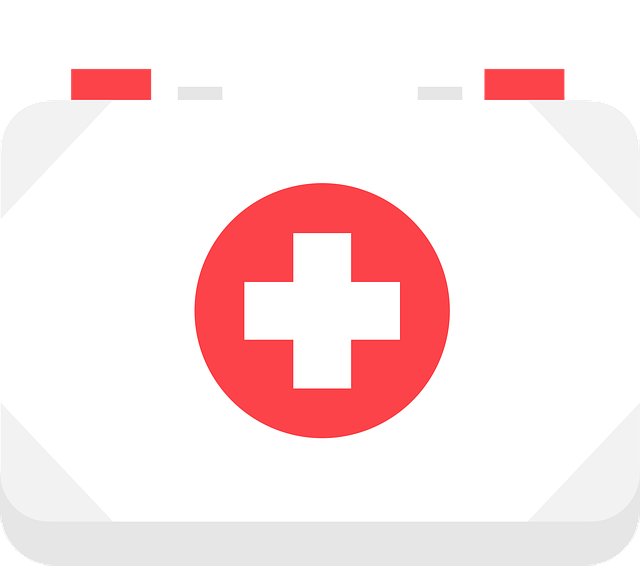
In South Africa, the distinction between medical aid and health insurance is crucial for consumers to understand their options and rights. While both concepts involve financial protection for healthcare expenses, they operate under different legal frameworks. Medical aid schemes are typically administered by private companies and primarily focus on long-term illness cover and routine medical procedures. Health insurance, on the other hand, often covers unexpected events such as accidents or sudden illnesses and may be provided by either private insurers or government initiatives.
Regulations for health insurance providers in South Africa are enforced by the National Treasury and the Department of Health. These regulations aim to ensure that consumers receive fair and transparent coverage options. Insurers must adhere to specific guidelines regarding pricing, policy terms, and claims handling processes. The Medical Schemes Act and related legislation also dictate how medical aid funds operate, including their investment practices, membership criteria, and benefits offerings. Understanding these legal implications empowers individuals to make informed decisions between various medical aid vs health insurance options available in the country.
Consumer Rights and Protections
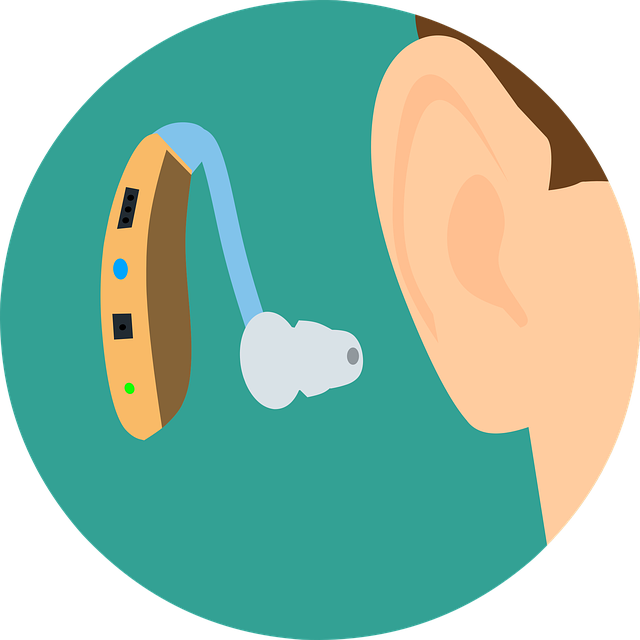
In South Africa, consumers have specific rights and protections when it comes to medical aid and health insurance. One key distinction lies in understanding the difference between medical aid and health insurance. Medical aid is a form of private healthcare funding that provides members with access to a network of hospitals and doctors, while health insurance is a product that covers specific medical expenses, often focusing on out-of-pocket costs like consultations and treatments. Consumers are protected by legislation such as the Consumer Protection Act (CPA) and the Medical Aid Act, which ensure fair practices and transparent communication from service providers.
These laws stipulate that consumers have the right to understand the terms and conditions of their policies, receive accurate information about coverage, and make informed choices. Moreover, they safeguard against unfair termination or refusal of coverage based on pre-existing conditions or other discriminatory practices. Understanding these consumer rights is crucial when navigating the complex landscape of medical aid and health insurance in South Africa, ensuring individuals are protected and empowered to access the healthcare they require.
Future Trends and Challenges in the Sector

The future of healthcare in South Africa presents both exciting opportunities and significant challenges for medical aid and health insurance providers. With technological advancements, there’s a growing trend towards digital transformation, where innovative solutions like telemedicine and online claims processing are becoming more prevalent. This shift not only enhances accessibility but also puts pressure on traditional models, compelling providers to adapt and offer comprehensive digital services to remain competitive in the market.
Another emerging trend is the increasing demand for personalized healthcare plans that cater to diverse needs. As awareness of health management and prevention grows, consumers are seeking flexible, tailored insurance options. This shift from a one-size-fits-all approach presents both an opportunity and a challenge: providers must develop dynamic products while ensuring they comply with regulatory frameworks governing Medical Aid Vs Health Insurance offerings, especially in light of evolving consumer expectations and the need for sustainable healthcare solutions.
In South Africa, understanding the nuances between medical aid and health insurance is crucial for consumers navigating their healthcare options. While both play vital roles in mitigating healthcare costs, they operate within distinct legal frameworks. Medical aid schemes are governed by comprehensive regulations that ensure fairness and quality, whereas health insurance providers face specific rules focusing on transparency and consumer protection. The ongoing evolution of the sector requires a delicate balance between innovation and regulation to meet the diverse needs of South Africa’s population, ensuring equitable access to healthcare remains at the forefront. By exploring the differences and legal implications, consumers can make informed choices between medical aid and health insurance, leveraging available protections and rights in the ever-changing landscape of healthcare provision.

